Amidst the bustling activities celebrating Vietnamese Teachers’ Day, I took some time to re-read some books about the teaching profession. I opened “Questions and Answers on Vietnamese Education” again. The book series consists of 2 volumes, compiled by author, journalist and poet Le Minh Quoc, previously published by Tre Publishing House.
Some contents of the book
In the Preface, Volume 1, the Publishing House stated the following viewpoint: "In any era, if we want to select talented people to help the country, there is no better way than taking care of education for all people and organizing fair exams."
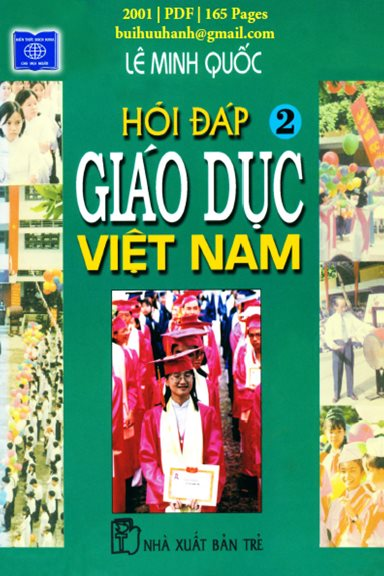
“Questions and Answers on Vietnamese Education” is arranged in the spirit of: the development process of our country’s education from the period of Chinese domination to the early years of the 21st century. Volume 1 ends in 1919. That was the year the Nguyen Dynasty held the last doctoral exam, and ended the examination system of Vietnam’s feudal education. Volume 2 begins from the time when the French colonialists, after invading our country, established the French-Vietnamese education system until after the August Revolution, when they began to move to a new education system.
With the arrangement of the content in the two books like this, readers can easily visualize the two educational systems whose distinction can be seen in Chinese characters and the national language, which are the official scripts used in the imperial examinations.
Two books include 182 questions and answers on different topics about Vietnamese Education. Book 1: 90 questions, Book 2: 92 questions.
The author of the book has taken great pains to re-read old documents related to Vietnamese Education compiled by many people from previous generations. Along with that, there is the collection of old photos, illustrations of educational activities in the past, examination schools, covers of textbooks in the past, photos of President Ho Chi Minh visiting and talking with teachers and students of Chu Van An School in 1958, photos of typical teachers and cultural figures, photos of activities of Vietnamese students in different periods at a number of schools.
The author would like to summarize some of the contents mentioned in the two books:
1. The examination marked the presence of Vietnamese imperial examinations in the feudal education system: In 1075, King Ly Nhan Tong opened the first Tam Truong Confucian examination to select intelligent and well-educated people to become mandarins. The examination system began to have rules and order in 1232 when King Tran Thai Tong organized the Thai Hoc Sinh examination, and awarded Tam Giap. From 1239, the king decided to organize the Hoi examination every 7 years.
2. Regarding the content of why people who went to school in the past were called Confucianists, the book has a passage: "Culturalist Pham Quynh explains as follows: "The name Confucianist not only refers to people who know how to read and write, study the teachings of Confucian sages; it also refers to a class in society, that is, the upper class of intellectuals in the country...".
3. Regarding the feudal examination rules, the book mentioned: “In the past, candidates entering the examination hall were bound by strict and harsh rules of the “school rules” - regulations on how to do the test. Some of the rules include: “Strong taboo” means not using any words related to the king’s name; “light taboo” means avoiding the names of people who are the king’s grandmother, mother, or ancestors of the king. If a candidate commits a “light taboo”, he will be shackled and exposed to the sun for several days and banned from taking the exam for life; if a candidate commits a “light taboo”, not only will the candidate be imprisoned, but even the instructors, teachers, and school inspectors who teach them will be reprimanded and demoted.”
4. In 1070, King Ly Thanh Tong ordered the establishment of the Temple of Literature in Thang Long. In 1076, King Ly Nhan Tong ordered the expansion of the Temple of Literature into the Imperial Academy, allowing princes and high-ranking mandarins to attend. This can be considered the first university in our country.
5. About the title of Trang Nguyen: In 1232, King Tran Thai Tong opened the Thai Hoc Sinh examination, dividing the successful candidates into Tam Giap: First, Second and Third Giap. In 1246, the Tran Dynasty opened the Dai Ti examination and re-established the ranks in the Tam Giap: The First Giap had Tam Khoi: Trang Nguyen, Bang Nhan and Tham Hoa. In the examination in 1246, the first Trang Nguyen of our country was Nguyen Quan Quang, from Tam Son commune, Dong Ngan district (now Tam Son village, Tien Son district, Bac Ninh).
6. The first Confucian examination in our country was the At Mao examination (1075) under the reign of King Ly Nhan Tong and the last examination was the Ky Mui examination (1919) under the reign of King Khai Dinh. Thus, the examination system of the feudal education system of Vietnam lasted for 844 years, with a total of 185 examinations with 2,898 people passing the imperial examinations, including 46 Trạng Nguyên, 48 Bằng Nhiên and 76 Thám Hoa, 2,462 Tiến sĩ and 266 Phó bảng.
7. The famous set of Vietnamese literature textbooks used uniformly in Vietnamese schools during the French colonial period during the first half of the 20th century was the set of Vietnamese literature textbooks, compiled by teachers Tran Trong Kim, Nguyen Van Ngoc, Dang Dinh Phuc, and Do Than under the assignment of the French Indochina Education Department.
8. One of the important and notable events in Vietnamese education during the French colonial period was the establishment and operation of the National Language Propagation Association, first in Hanoi, in 1938. The purpose of the Association was to teach people to read and write in the national language. When it was first established, the provisional executive board of the association included Mr. Nguyen Van To (President), Mr. Bui Ky (Vice President), Mr. Phan Thanh (Secretary) and a number of other members. The influence of the National Language Propagation Association spread to many provinces in the North and even to the Central and Southern regions.
9. President Ho Chi Minh, the beloved leader of our nation, paid great attention to the cause of education. On the first opening day of the Democratic Republic of Vietnam in the 1945-1946 school year, he wrote a letter to students nationwide. And on October 15, 1968, in his last letter to cadres, teachers, staff, and students at all levels on the occasion of the opening of the 1968-1969 school year, he affirmed: “Education aims to train successors to the great revolutionary cause of our Party and people. Therefore, all sectors, all levels of the Party and local authorities must pay more attention to this cause, must take care of schools in all aspects, and push our educational cause to new steps of development”.
10. On April 26, 1986, the Government issued Decree No. 52/HDBT on considering and awarding the titles of People's Teacher and Meritorious Teacher. This noble title is considered and announced every two years on November 20.
On May 19, 1995, the Minister of Education and Training issued Decision No. 1707/GD-DT on the issuance of the medal "For the cause of education", which is conducted annually to recognize the contributions of those who have made many contributions to the cause of education and training.
11. Regarding the organization of November 20 in Vietnam, the booklet provided: On November 20, 1958, the first International Charter Day for Teachers was held in the North of our country; then, it was held in the liberated areas of the South. Since the country's reunification, November 20 has been widely celebrated and gradually become a valuable tradition to honor teachers. On September 28, 1982, the Council of Ministers issued Decision No. 167/HDBT, annually taking November 20 as Vietnam Teachers' Day.
Along with a lot of other information about education and training contained in the book.
Some things left behind
Re-reading “Questions and Answers on Vietnamese Education” compiled by journalist and poet Le Minh Quoc, readers will have a systematic overview of the Vietnamese education system, from the feudal period to the years after the August Revolution, then after the country’s reunification to the beginning of the 21st century. From here, readers will see some of the achievements of Vietnam’s education throughout history.
Above all, there are still a large number of learners, of all ages, who value learning, combined with practice, so that they can work for many years, take care of themselves and help others.
Education is always a great cause of the country. Therefore, every Vietnamese family always expects those who are responsible for this cause, in different positions, from managers at all levels, to teachers who directly teach students, to put their heart into their work, to work really effectively so that generations of students can enjoy the best education, acquire the most scientific knowledge, and apply what they have learned from schools to life in a useful way following the development of society.
Source








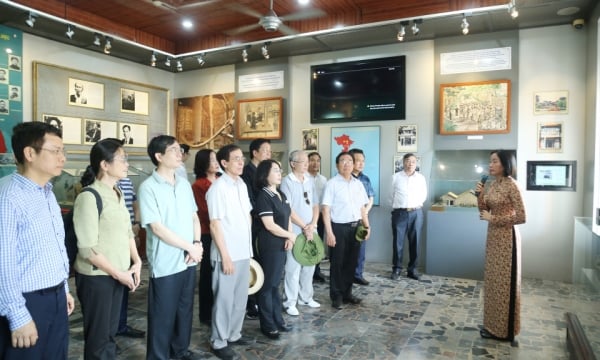
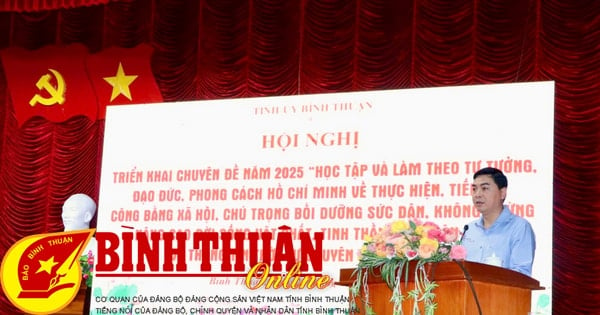
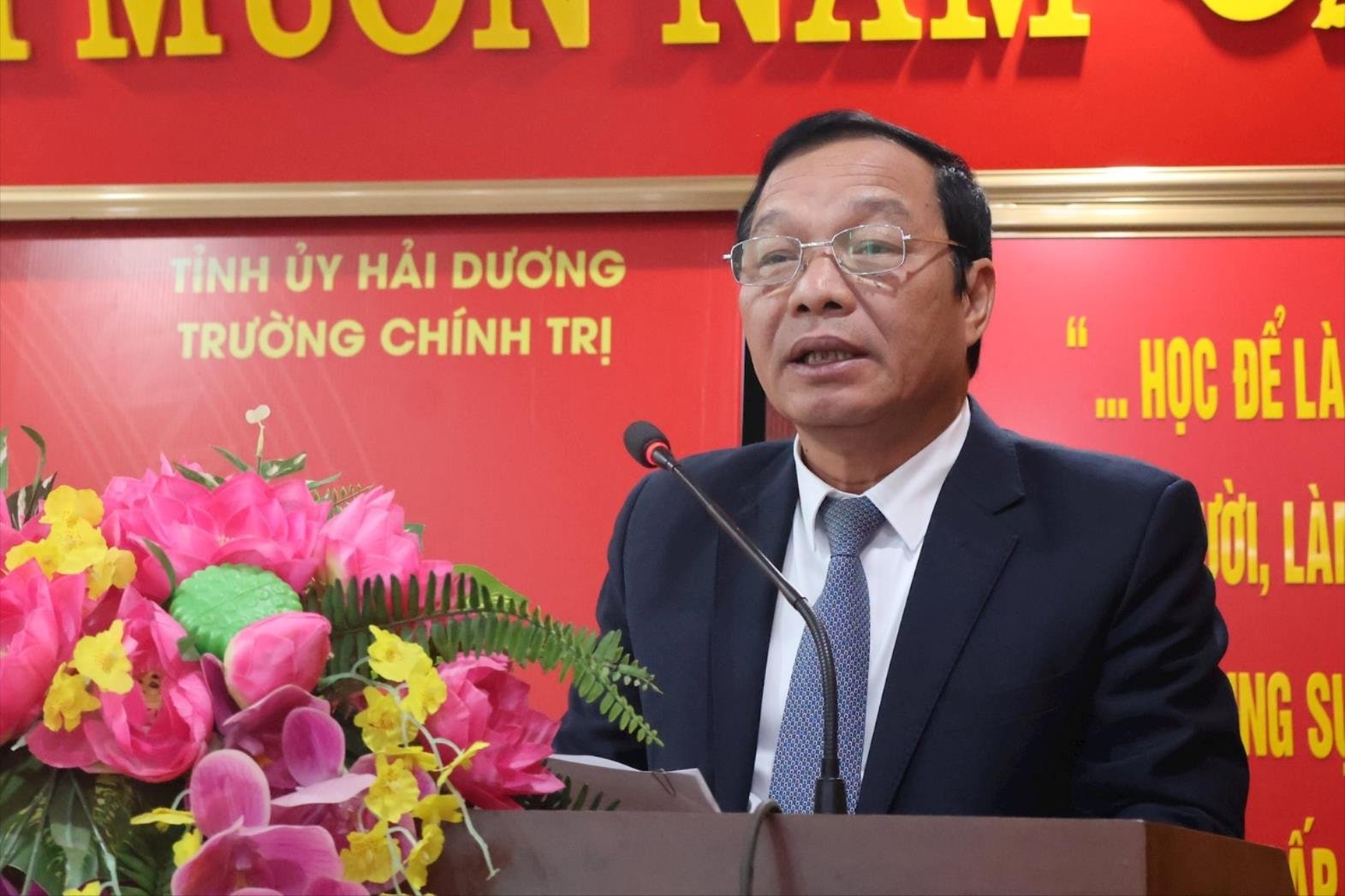
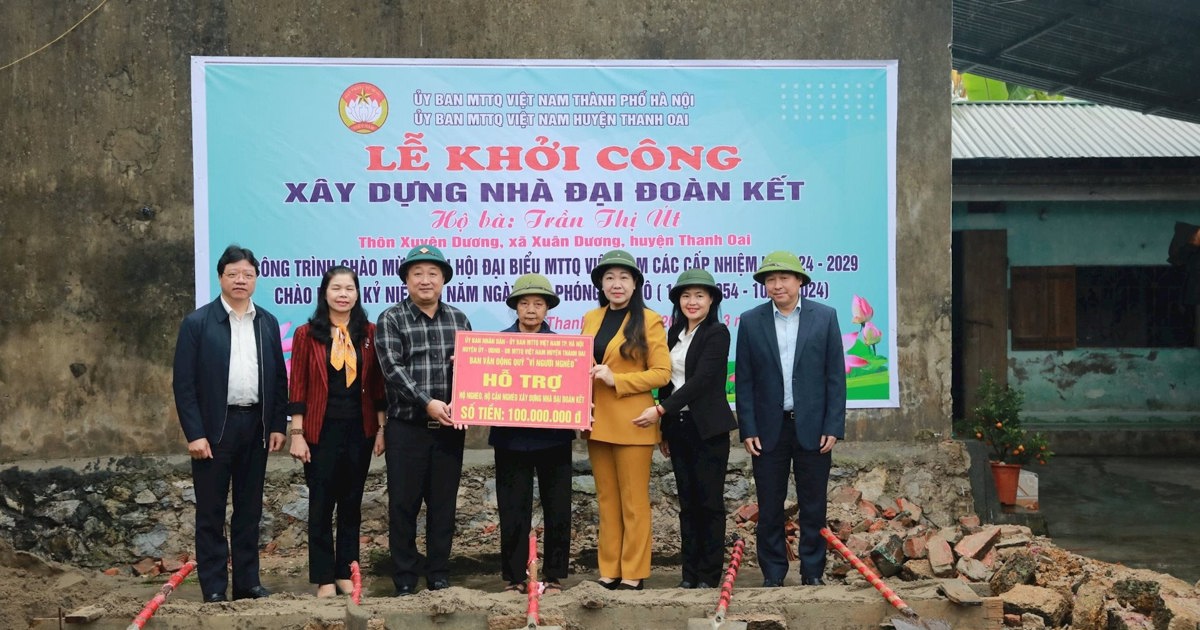

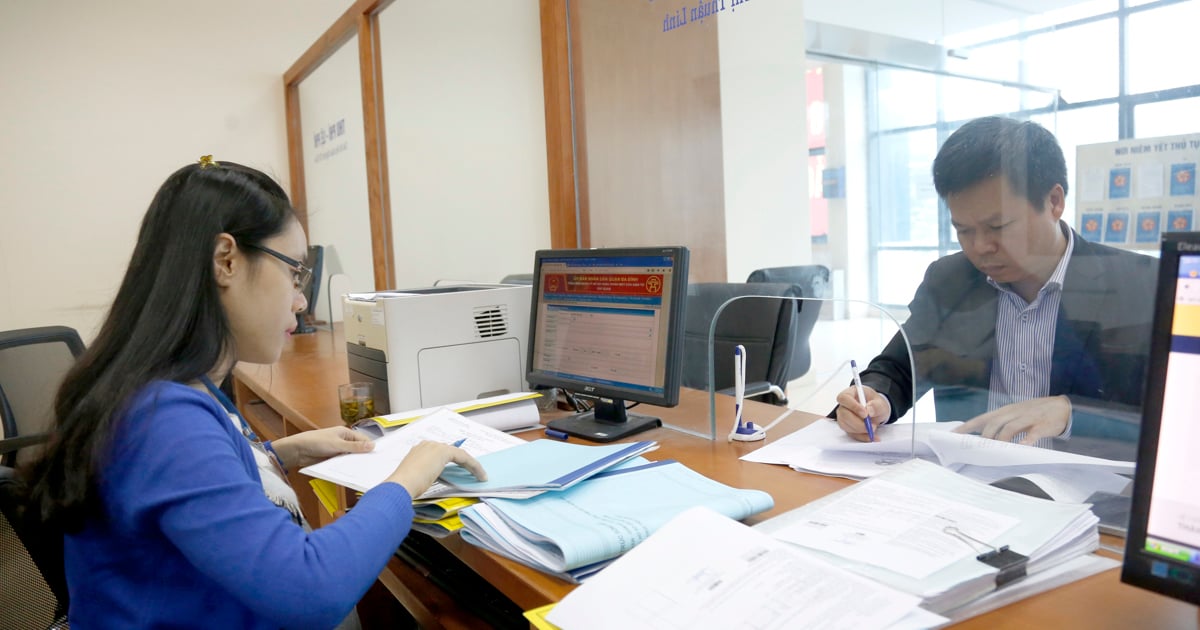
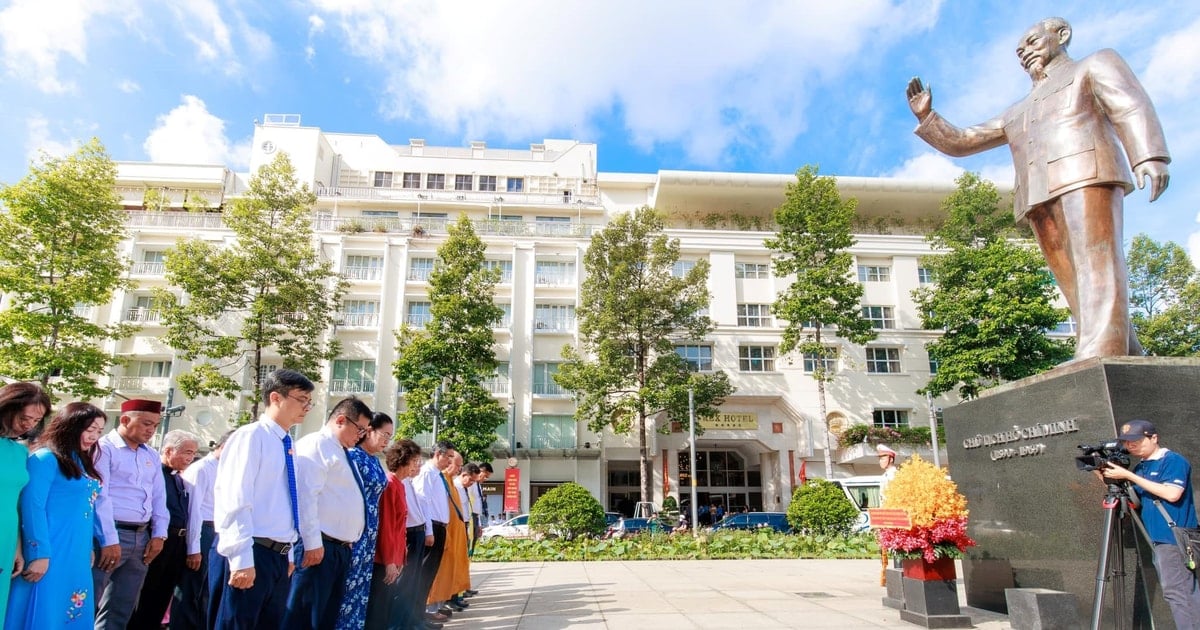

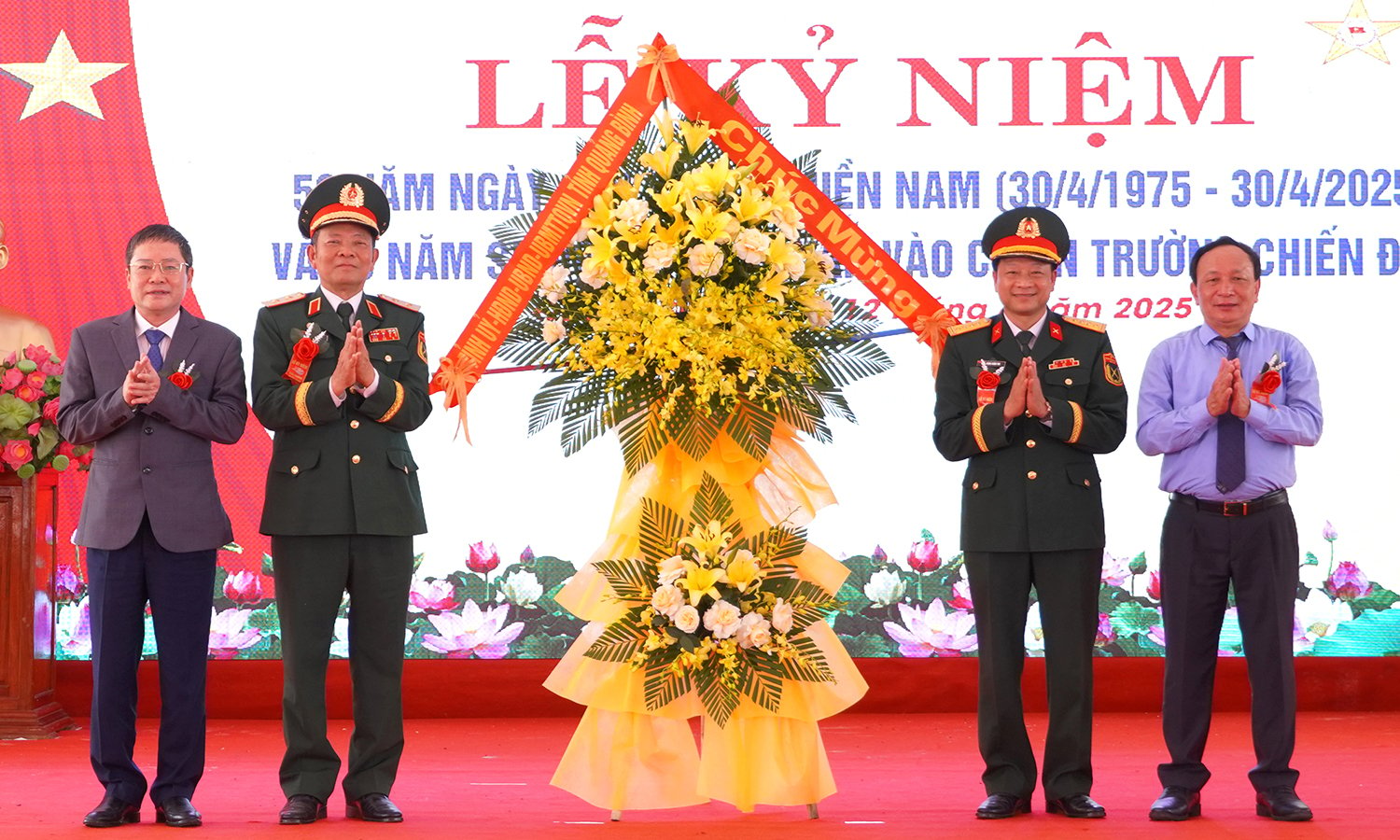
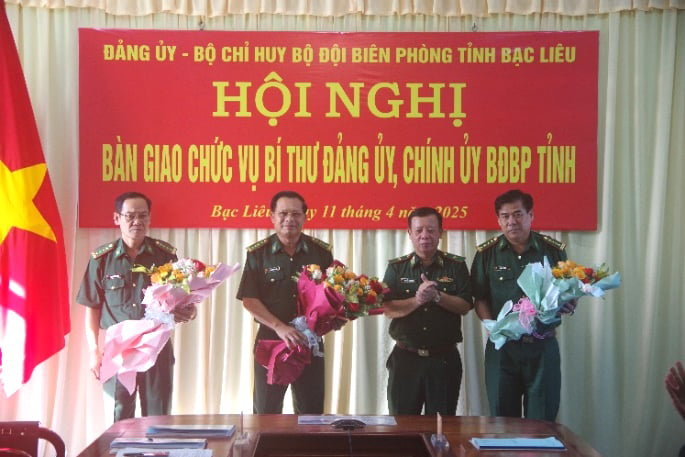

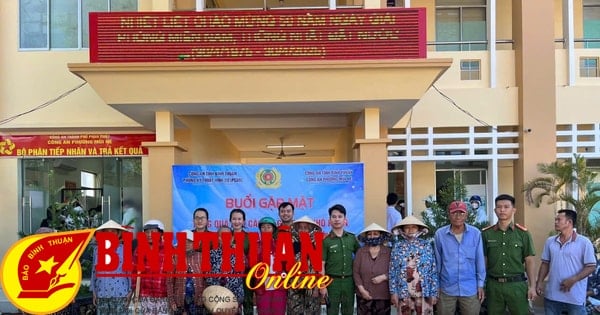
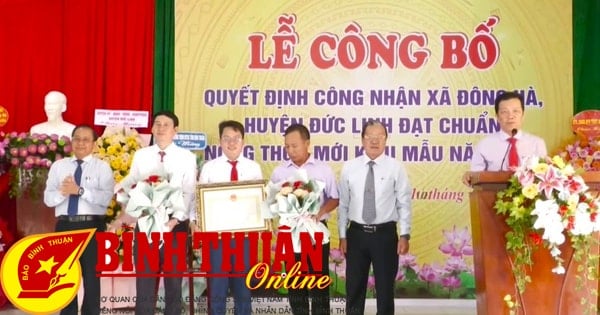
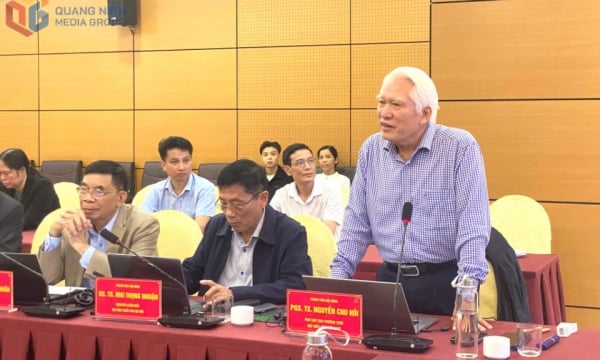


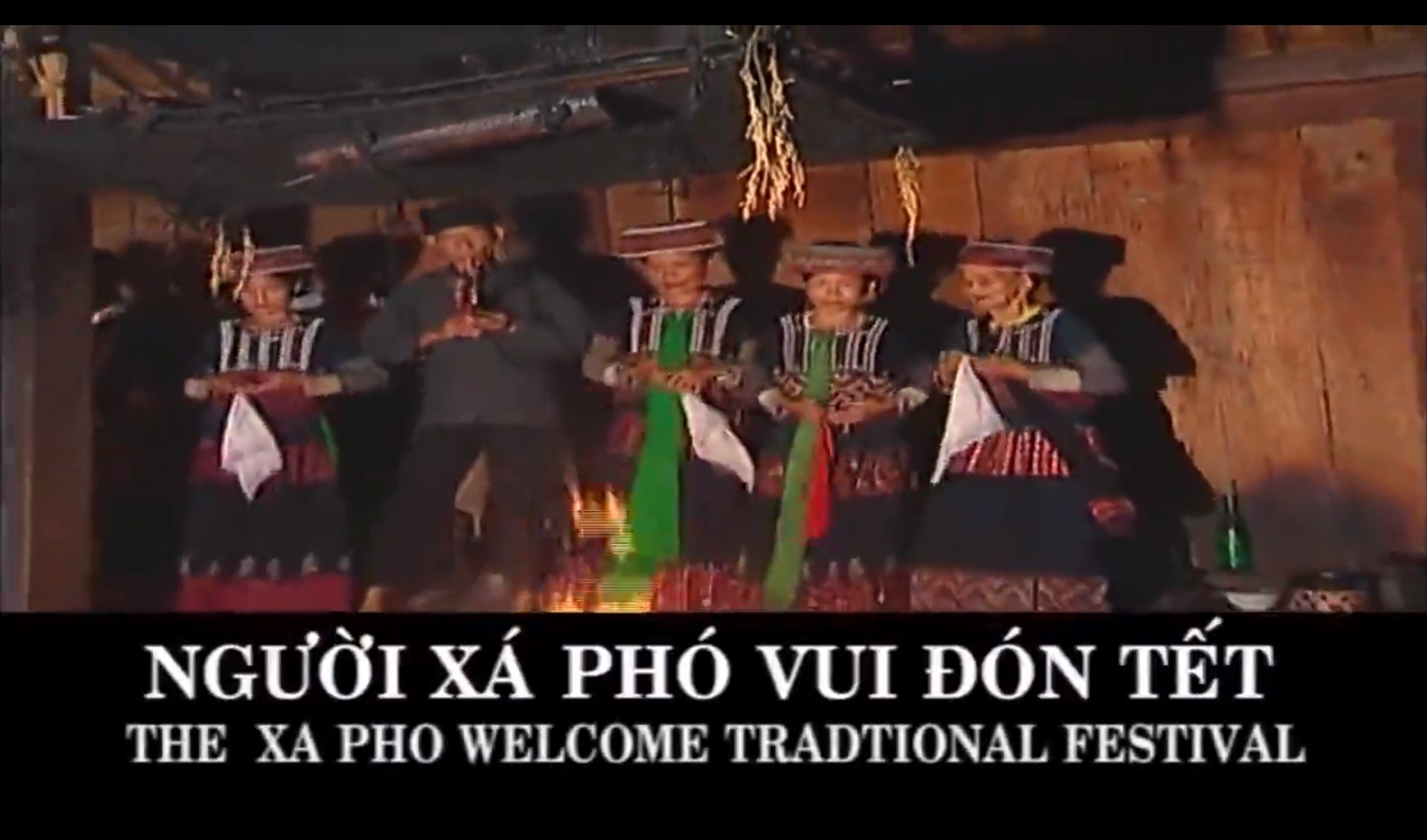

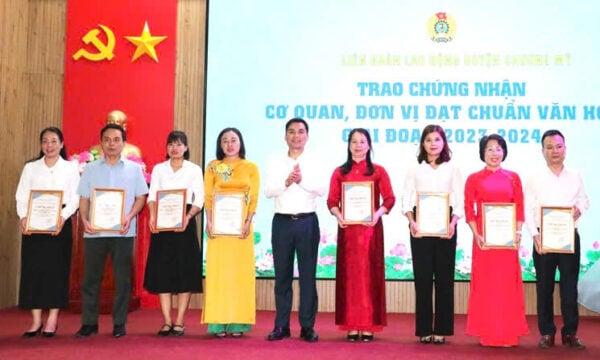
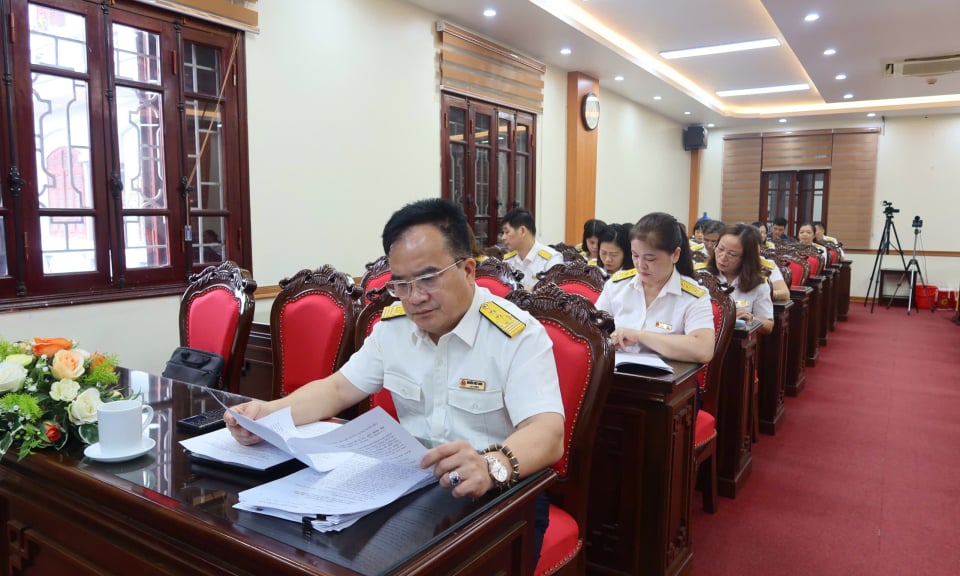

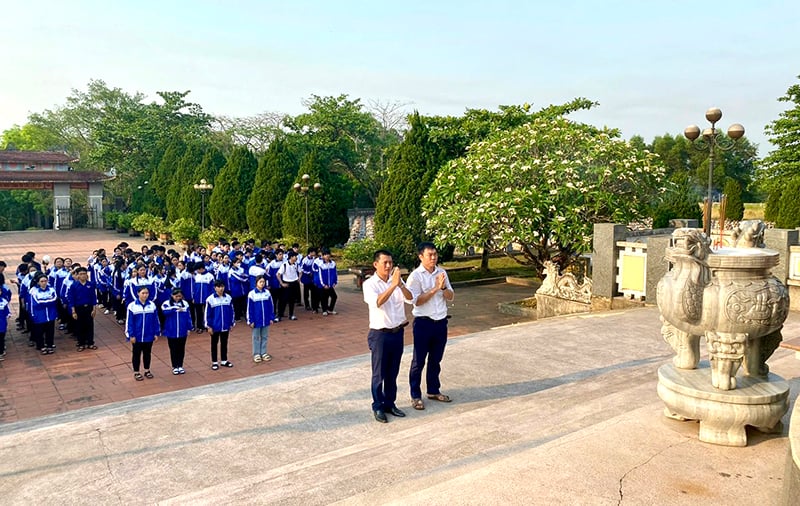

![[Photo] "Beauties" participate in the parade rehearsal at Bien Hoa airport](https://vstatic.vietnam.vn/vietnam/resource/IMAGE/2025/4/11/155502af3384431e918de0e2e585d13a)










































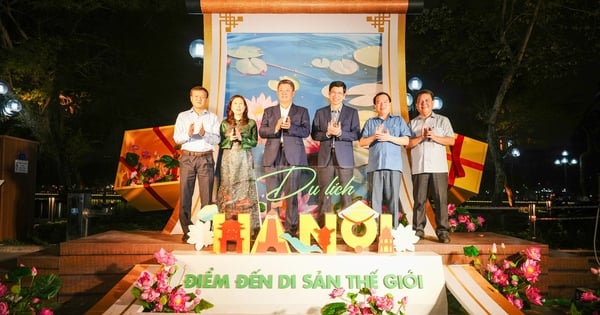
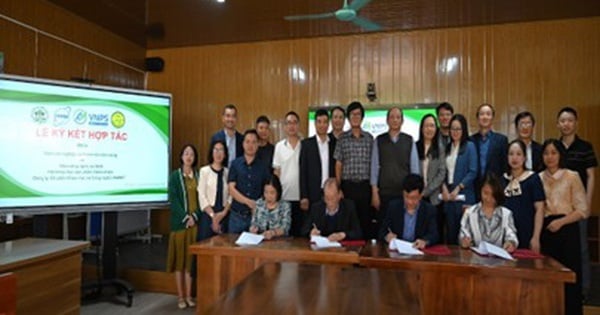

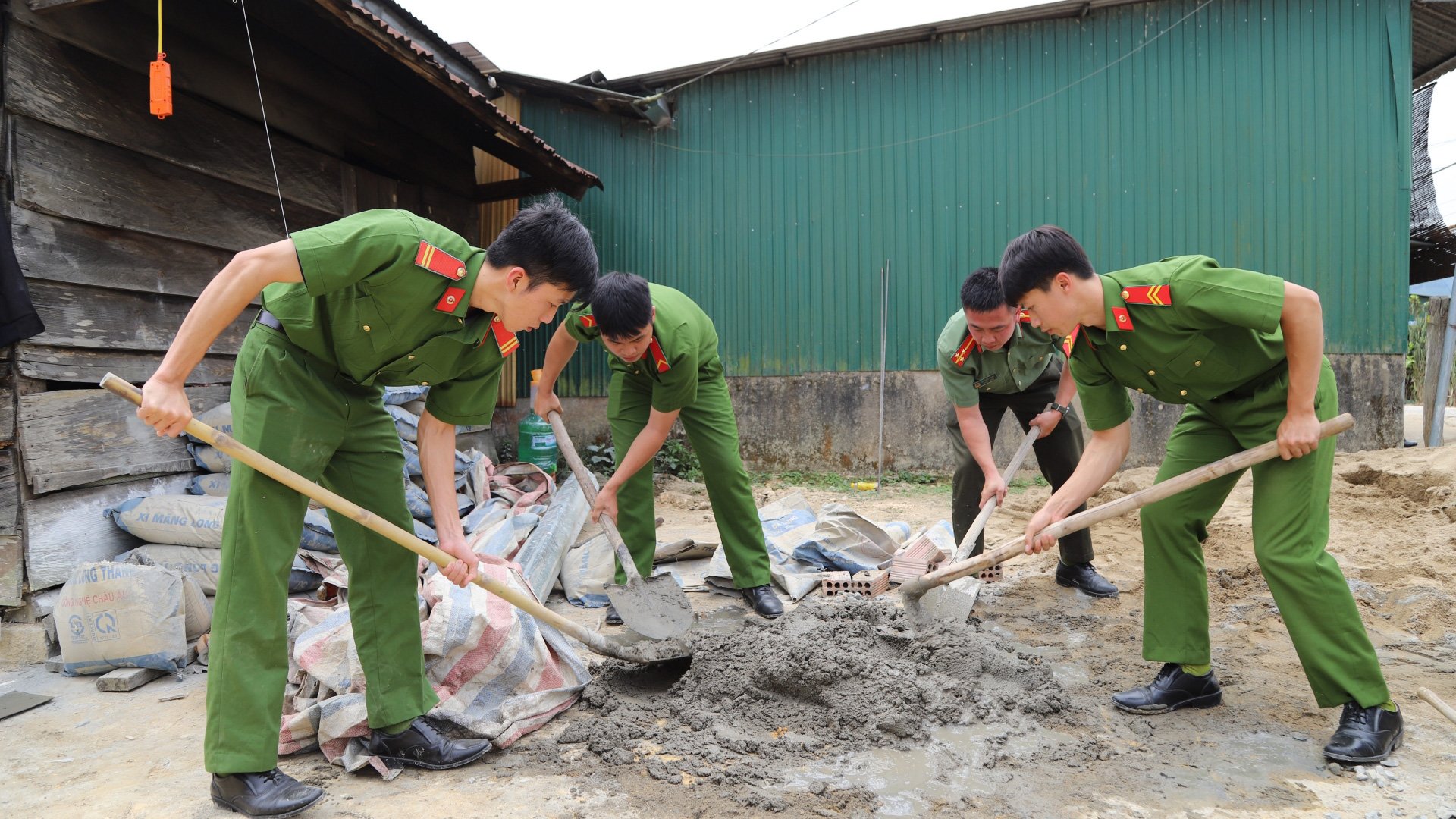

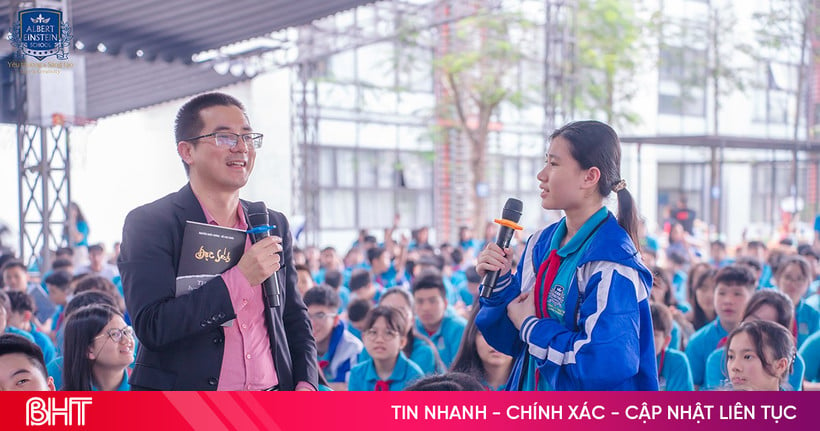














Comment (0)